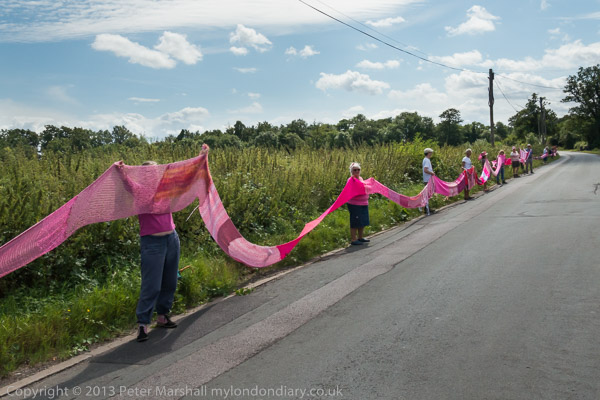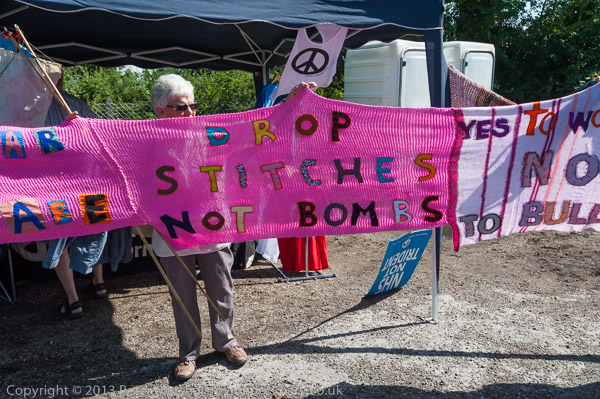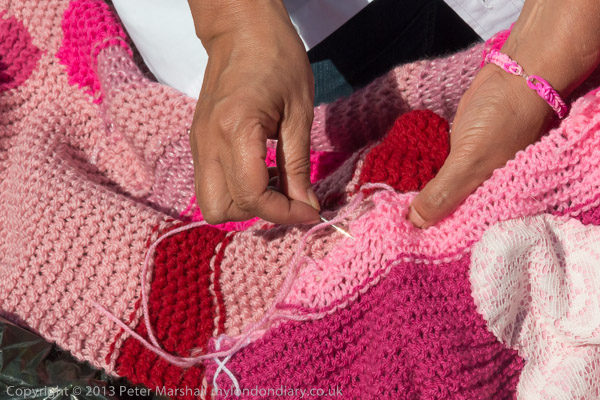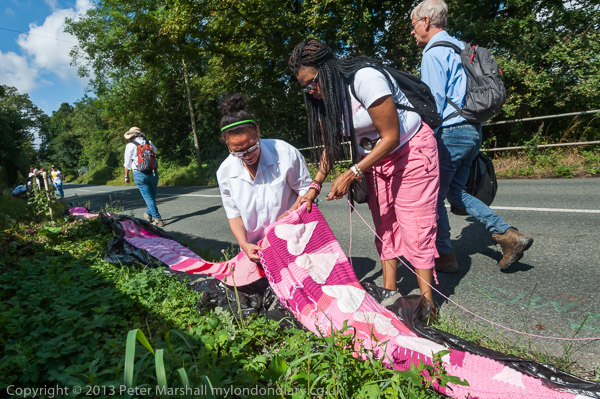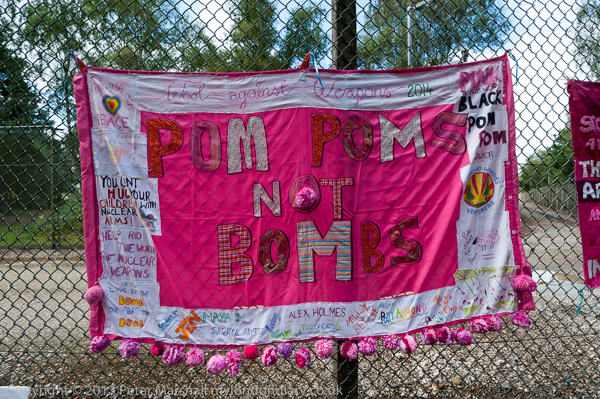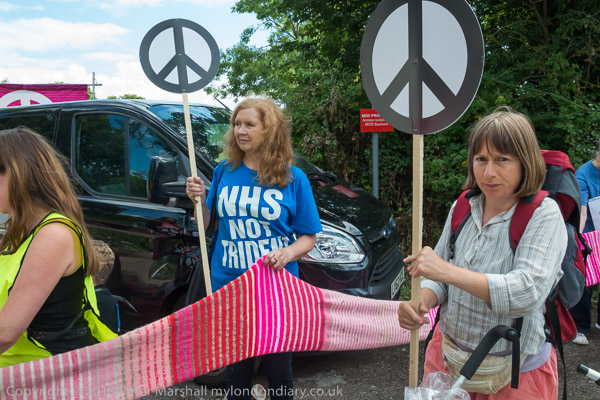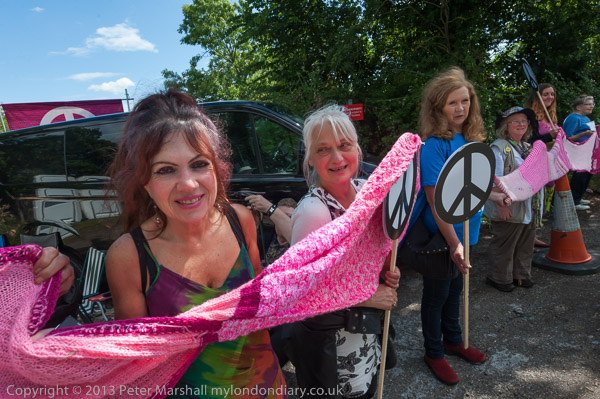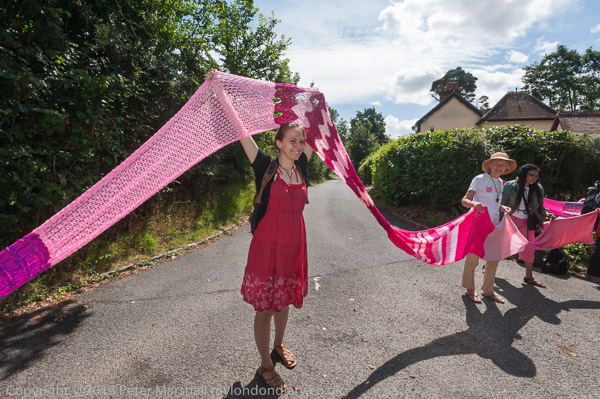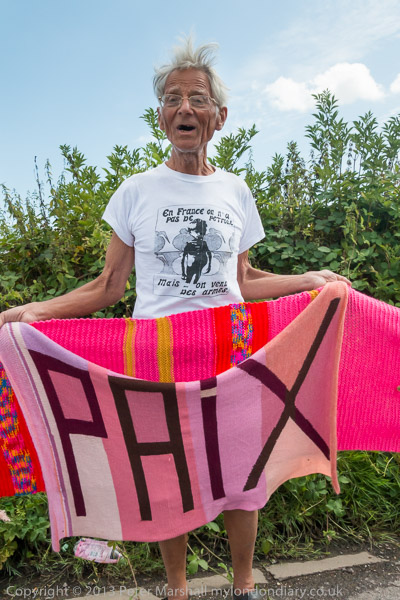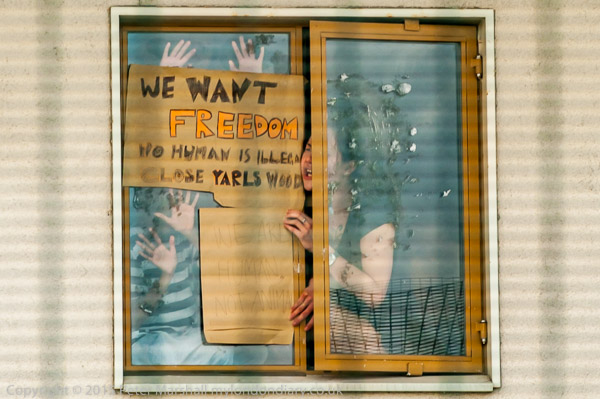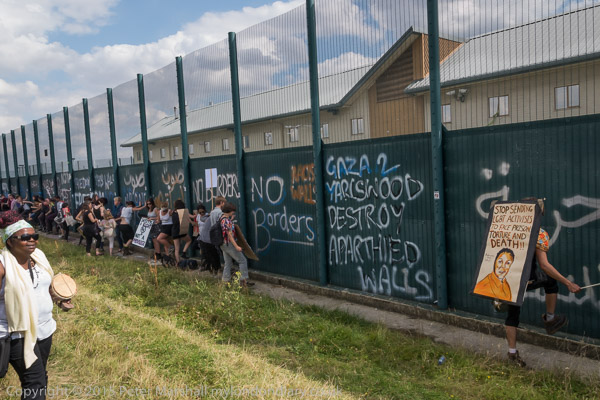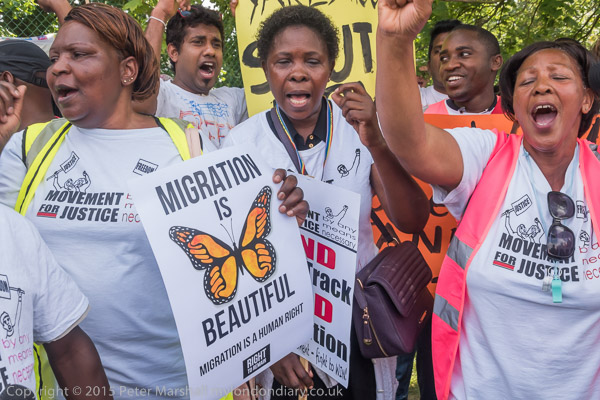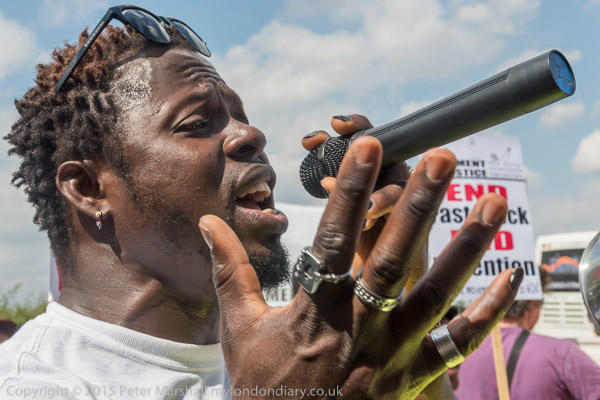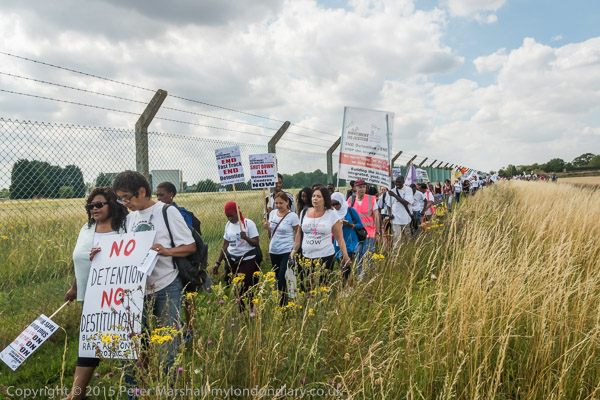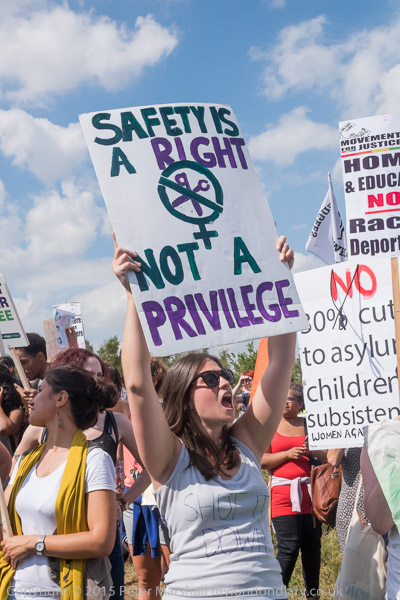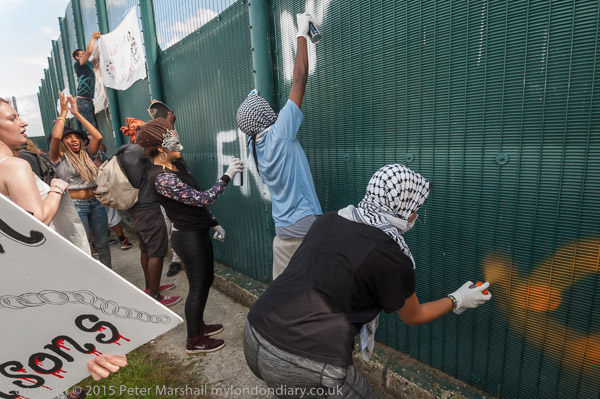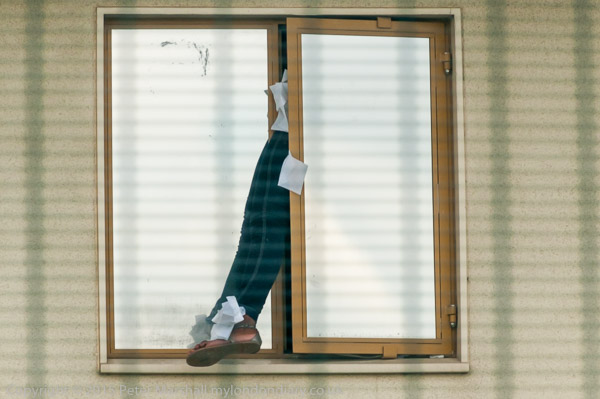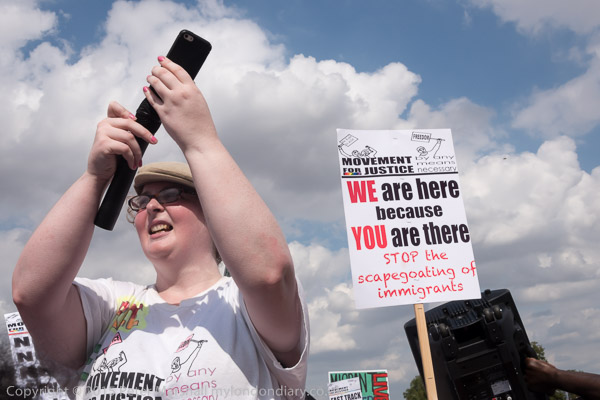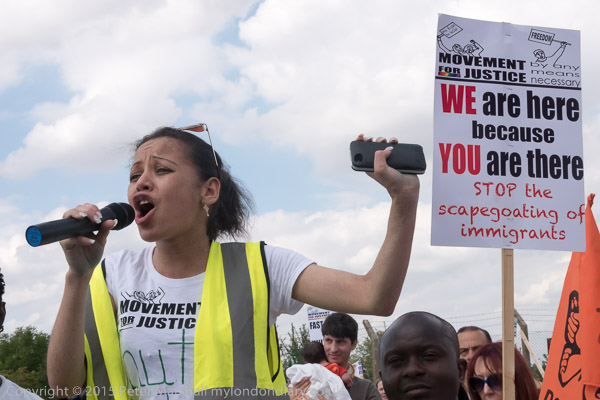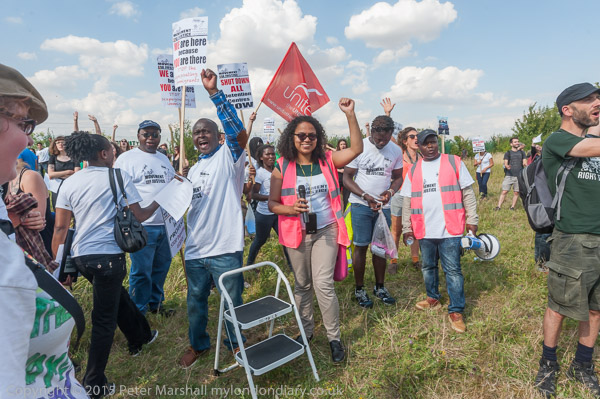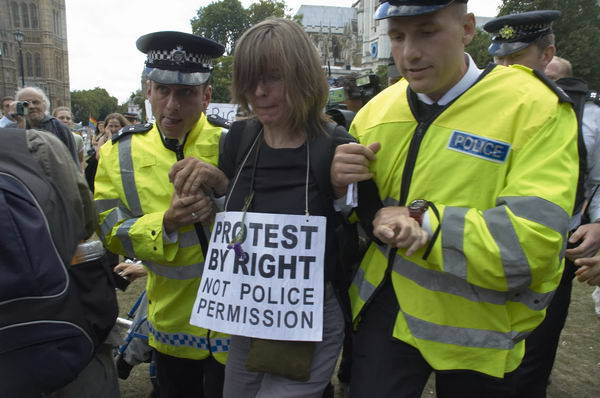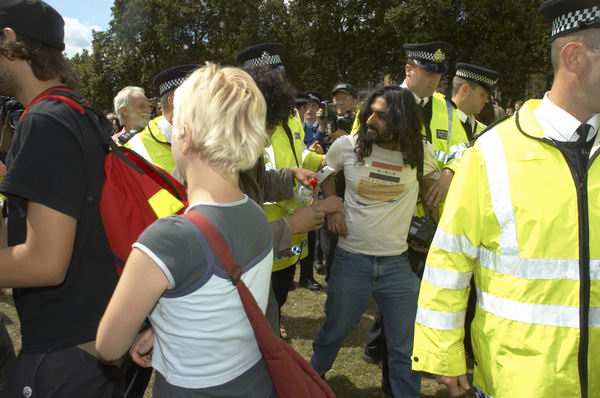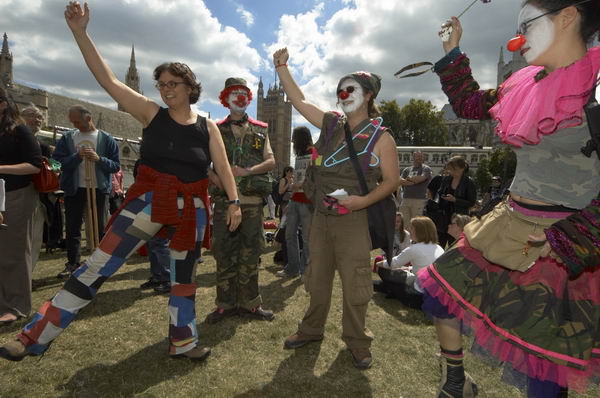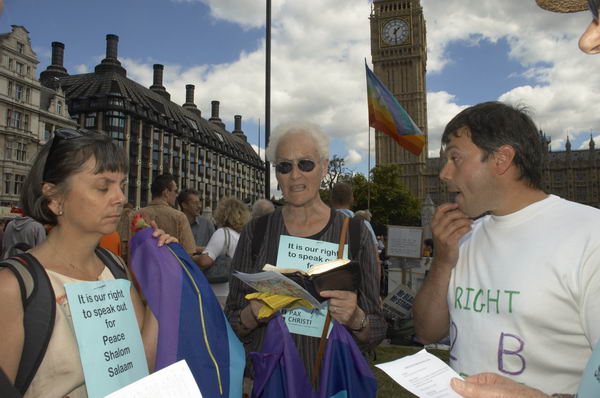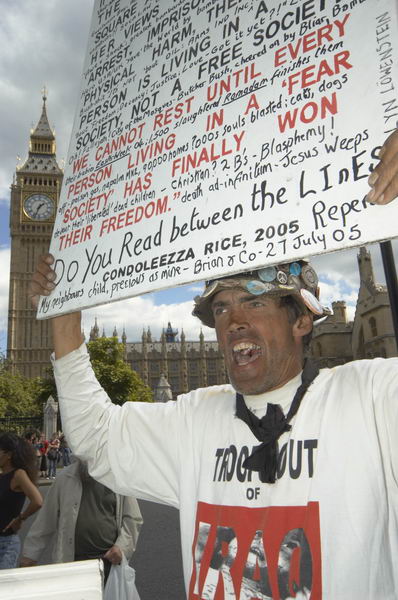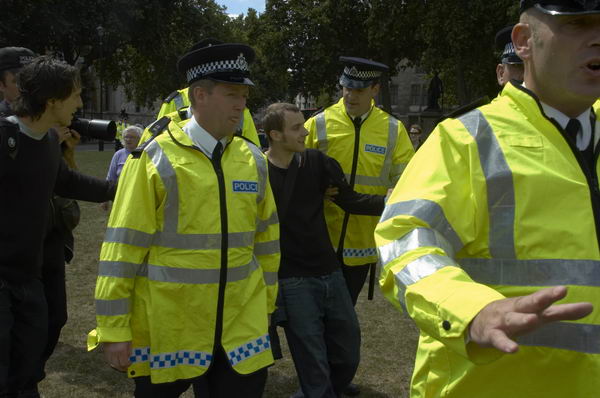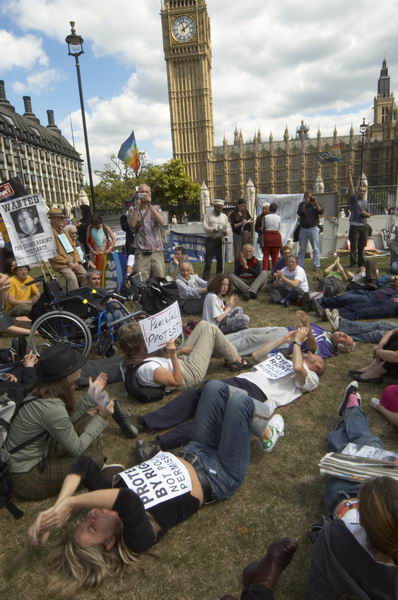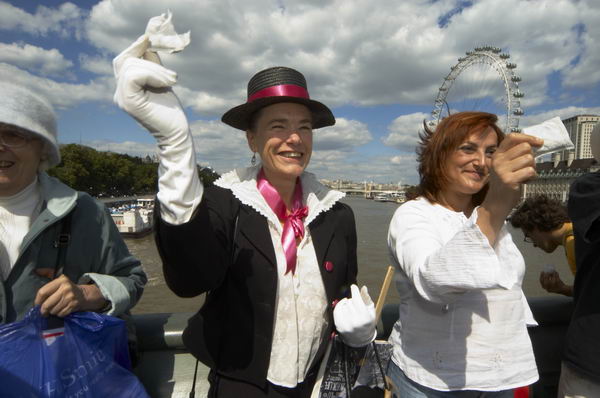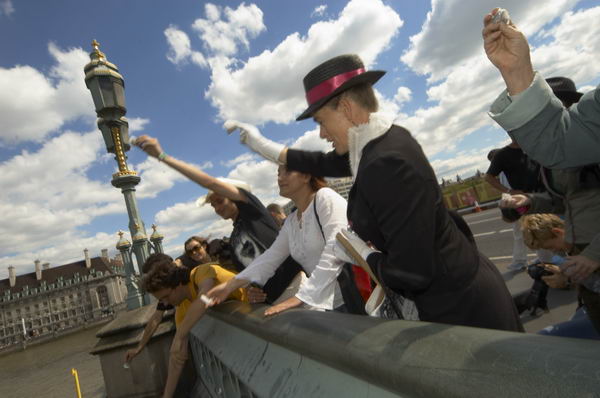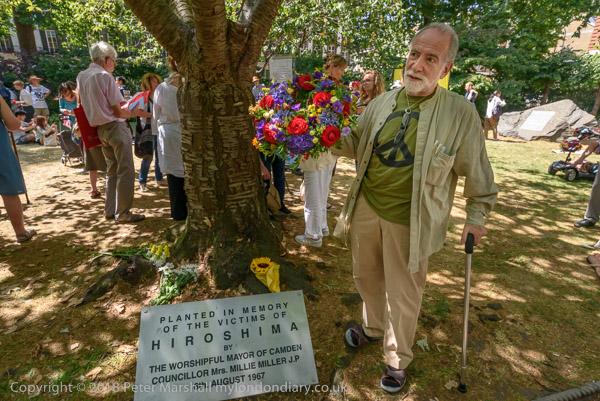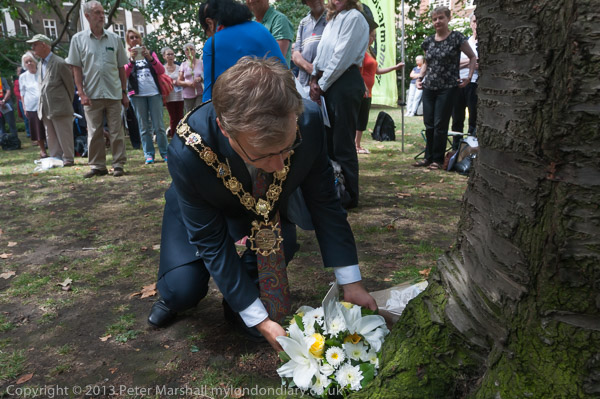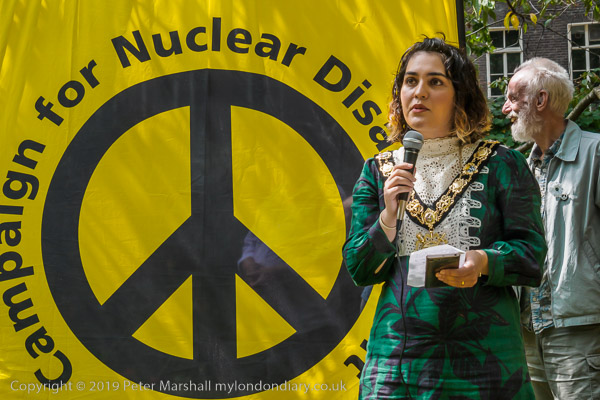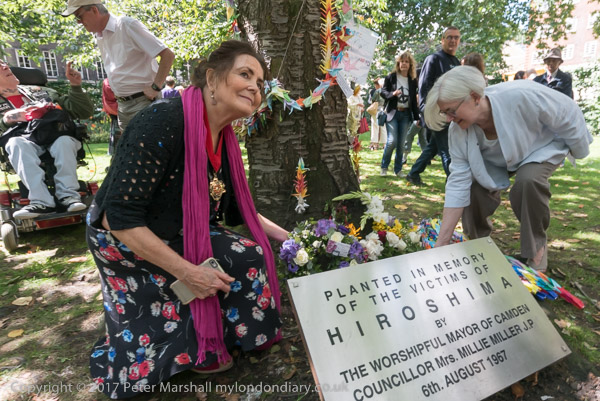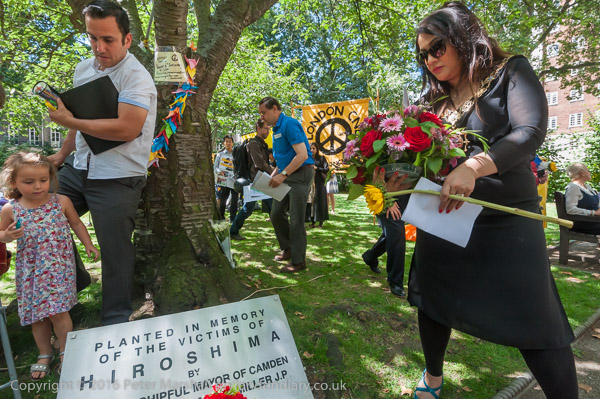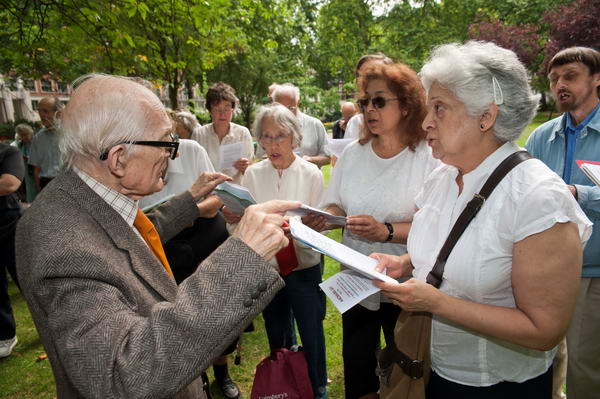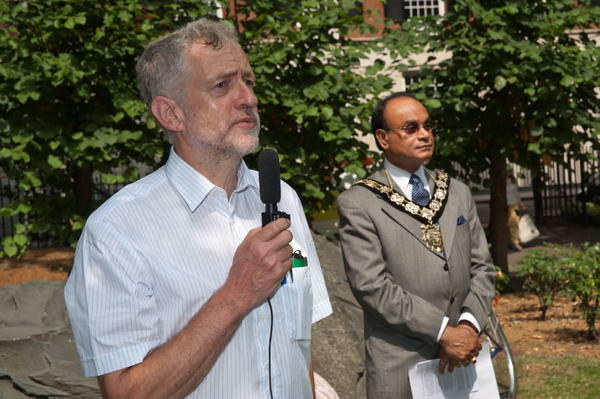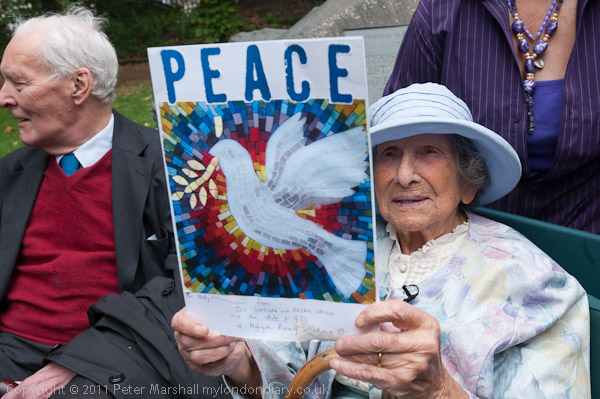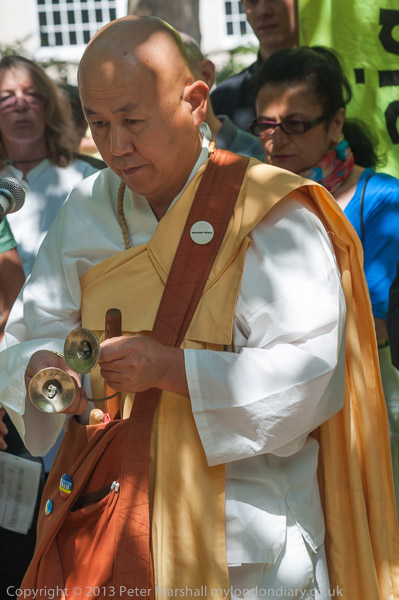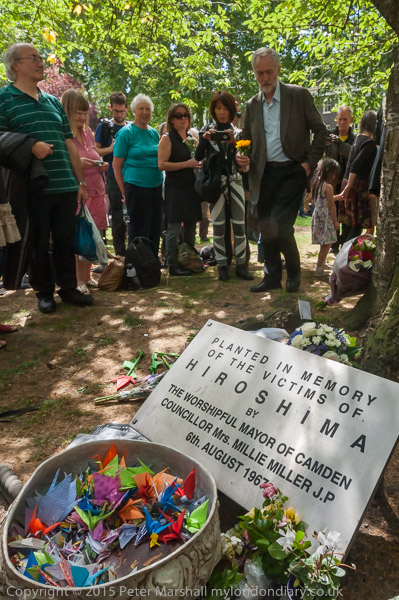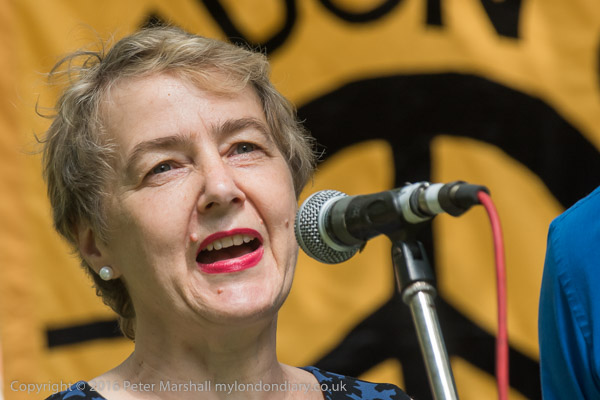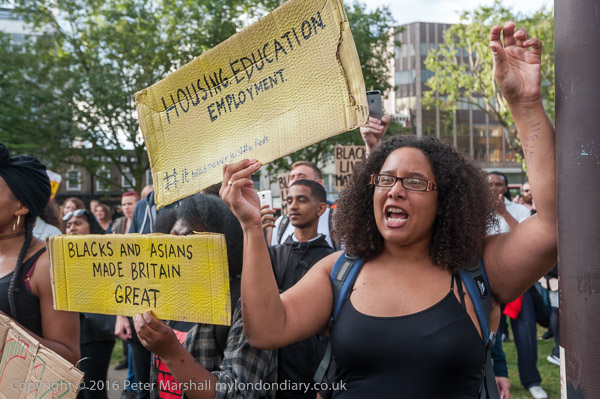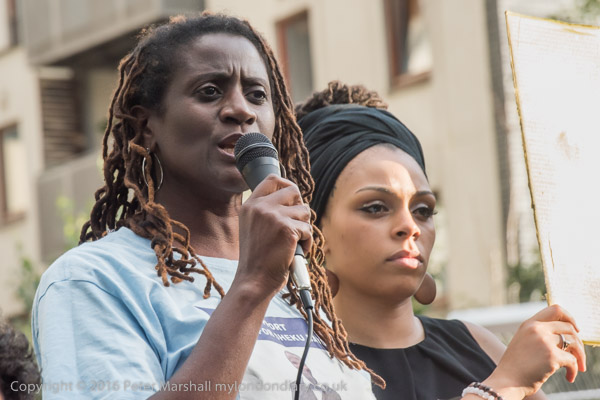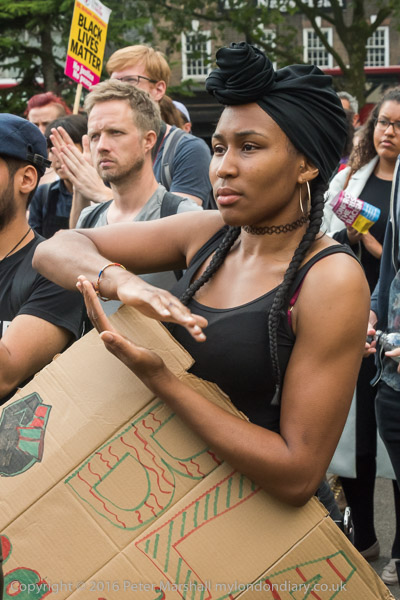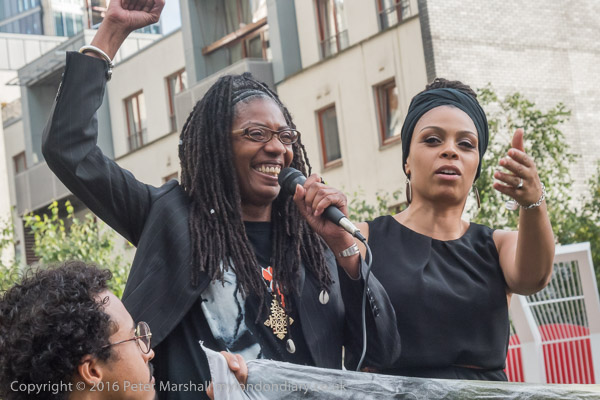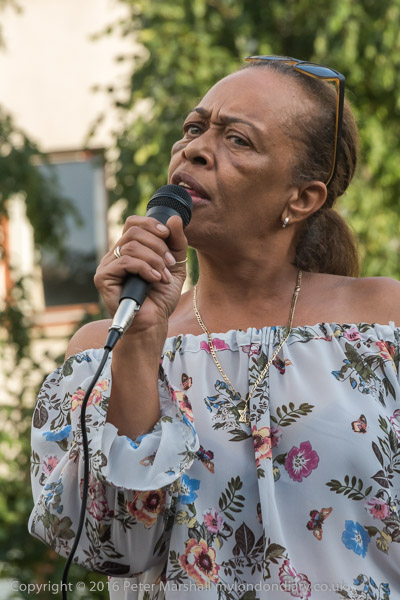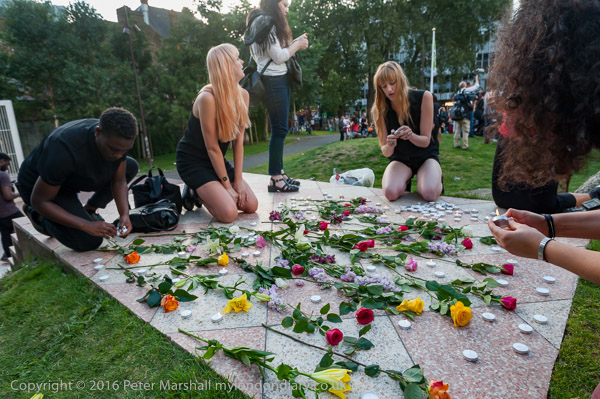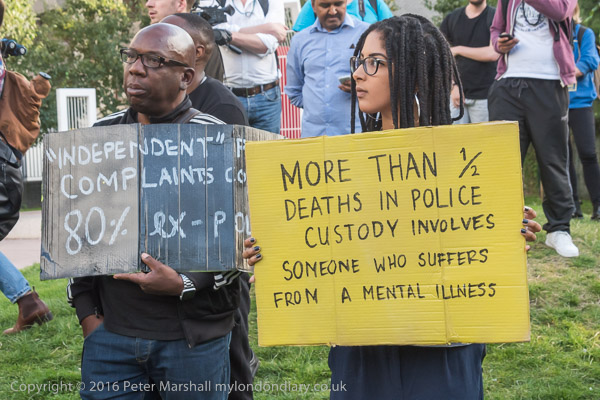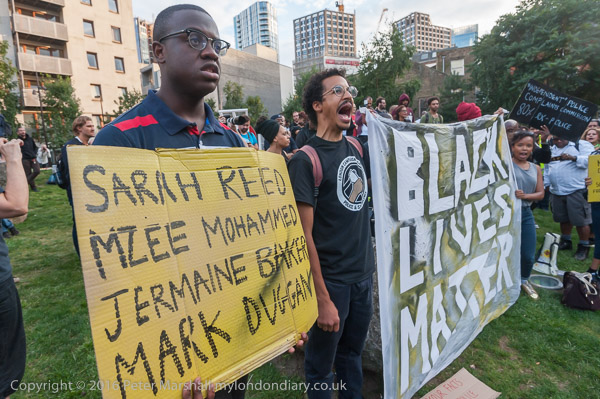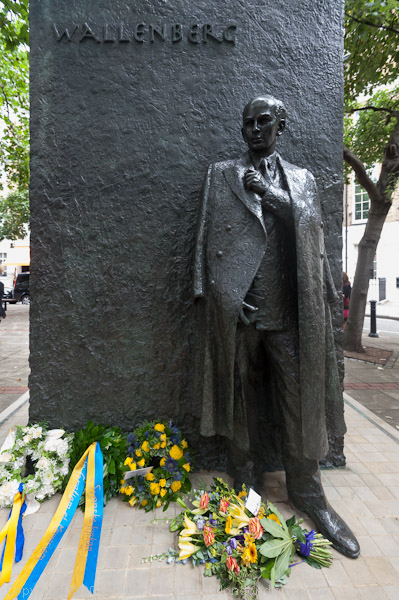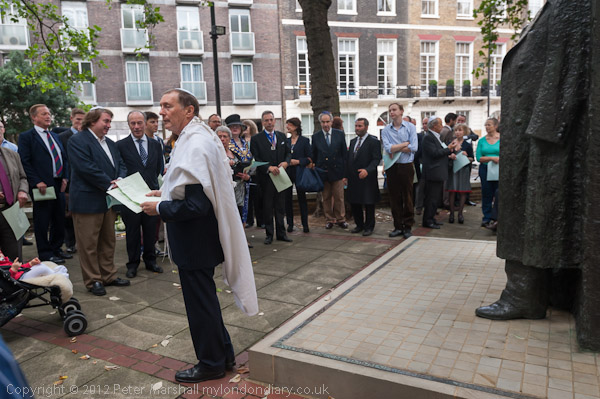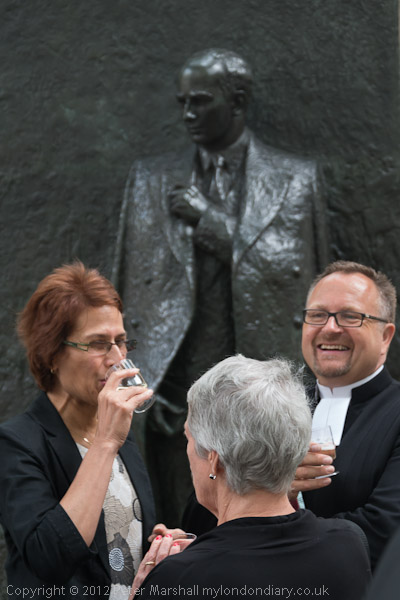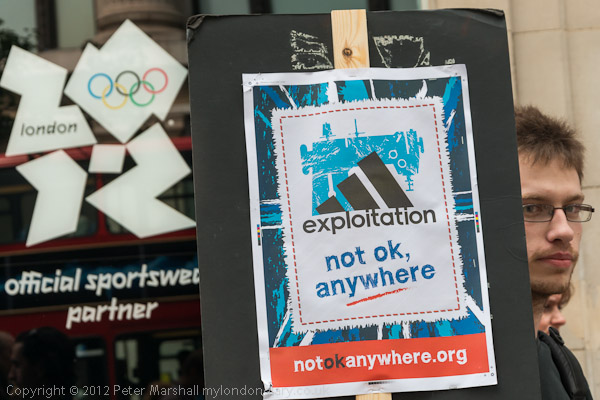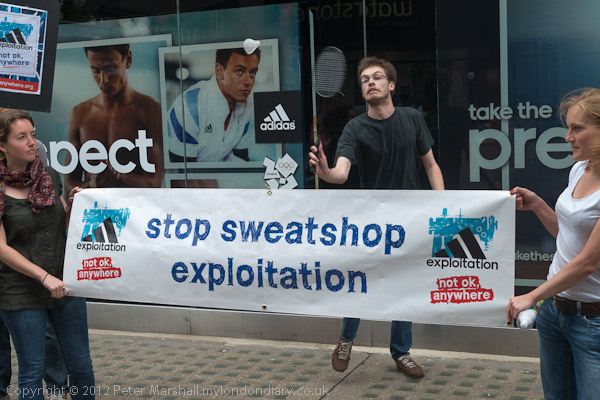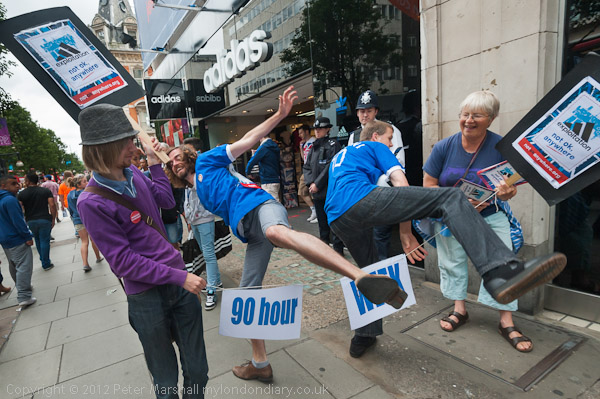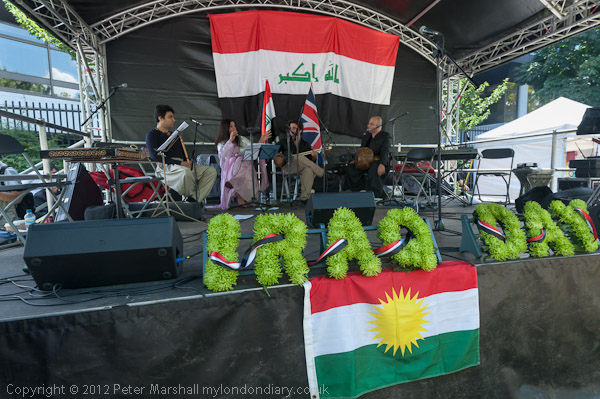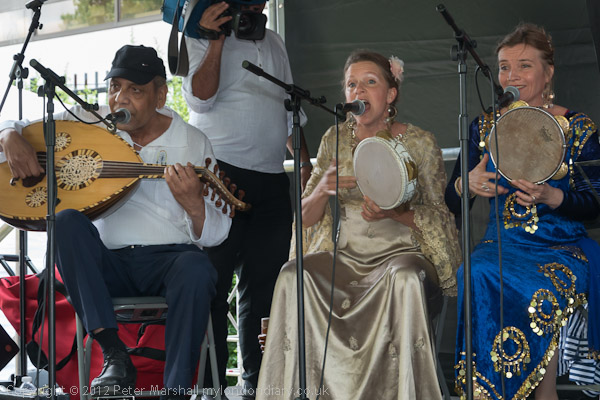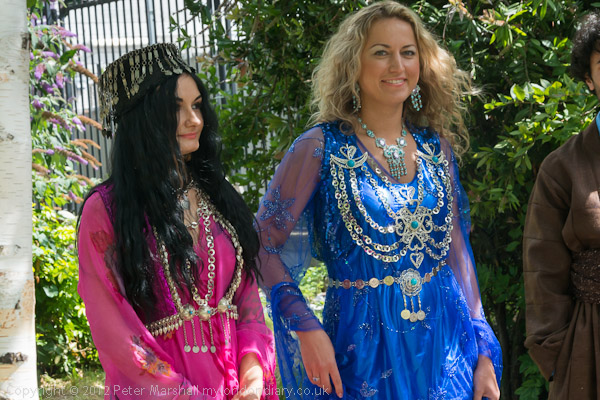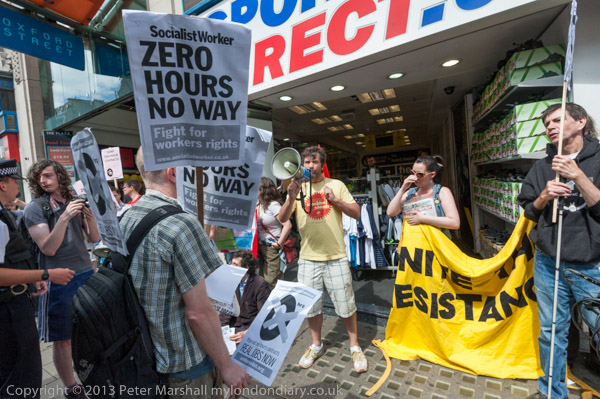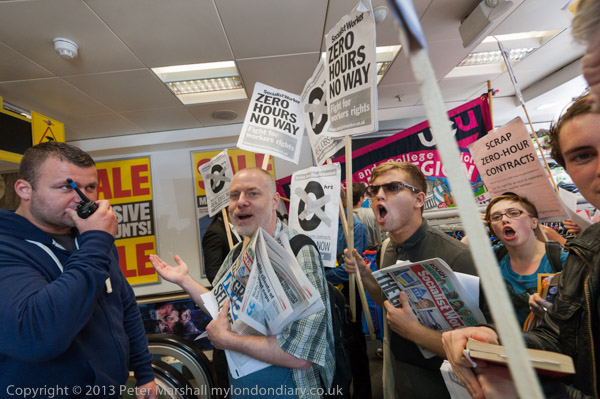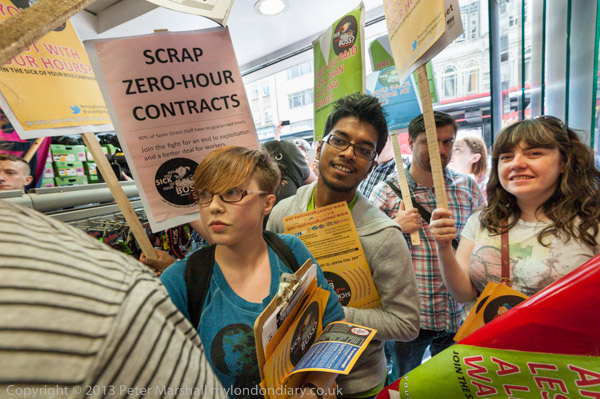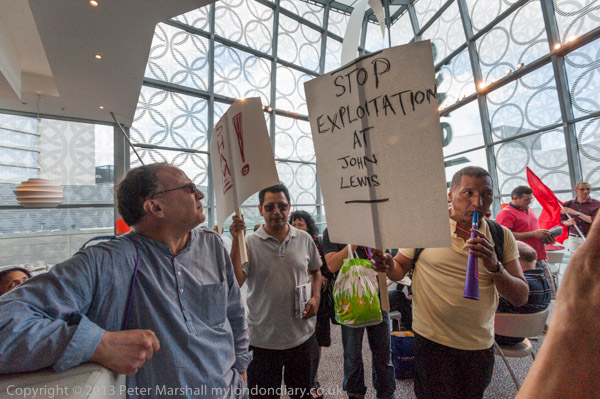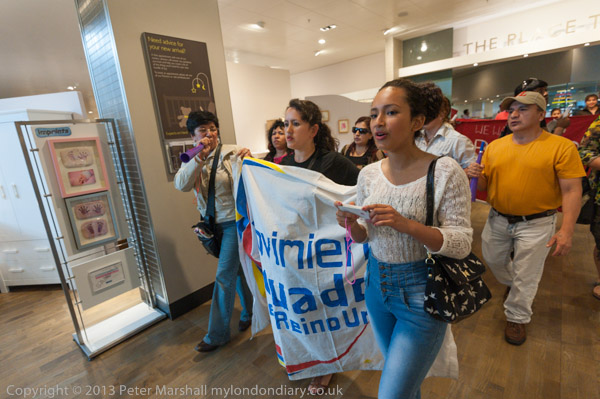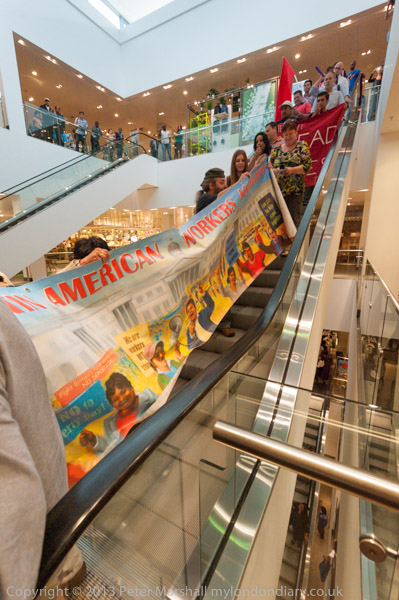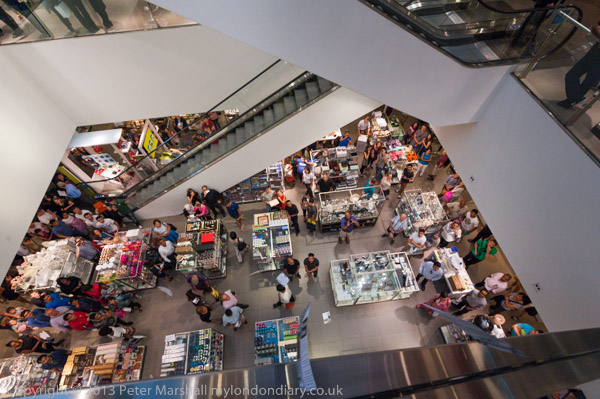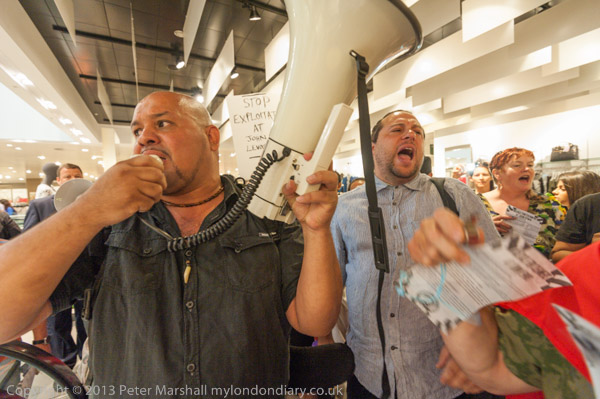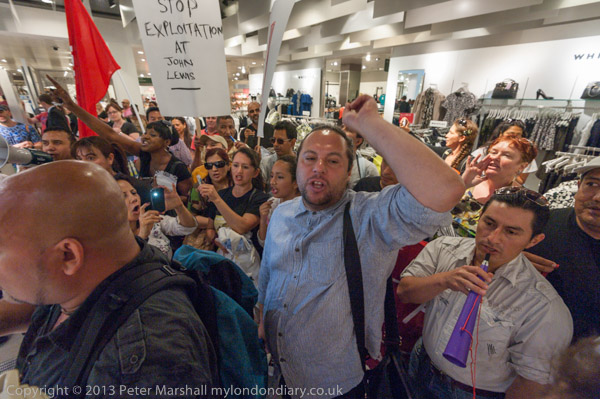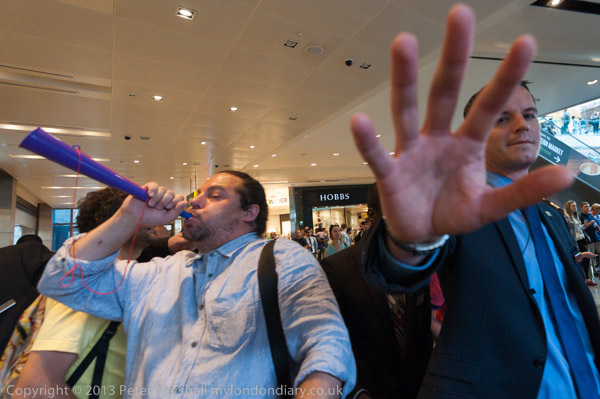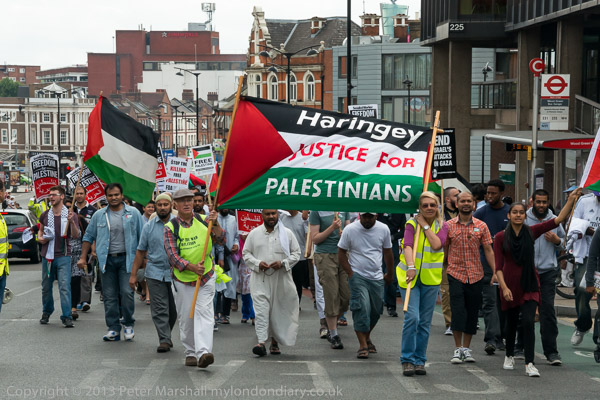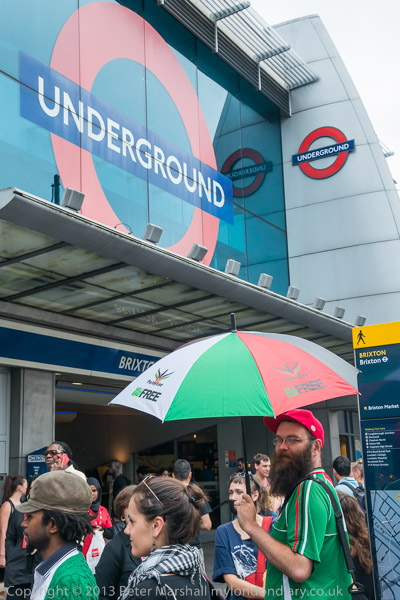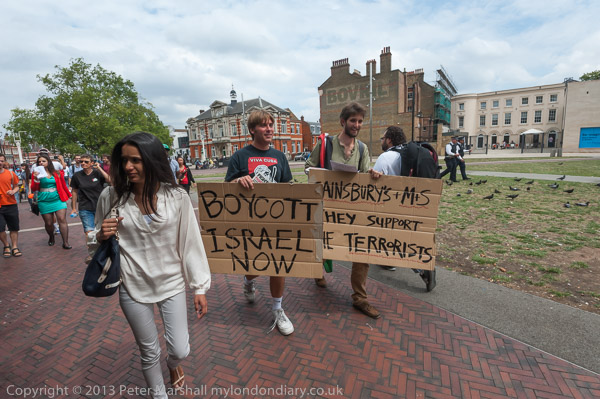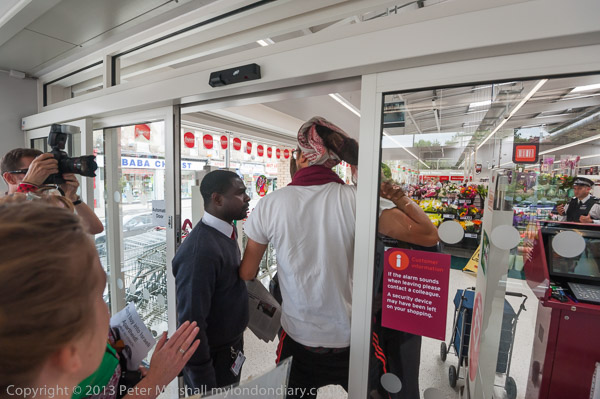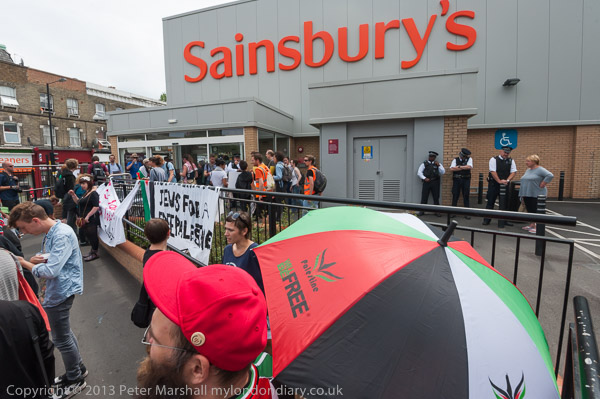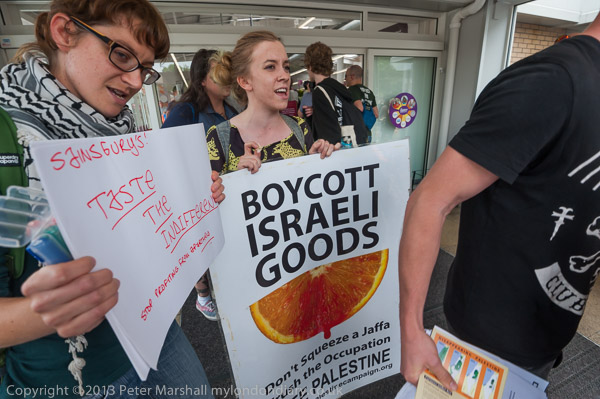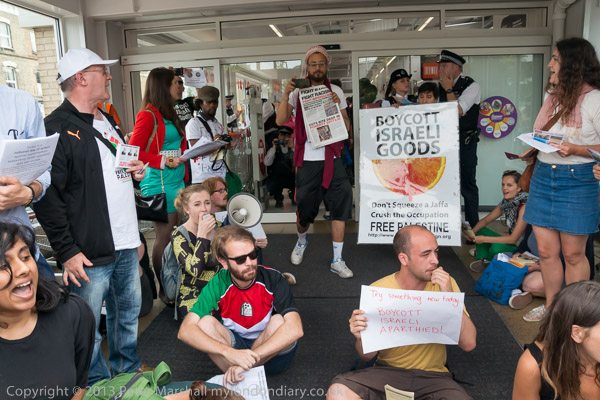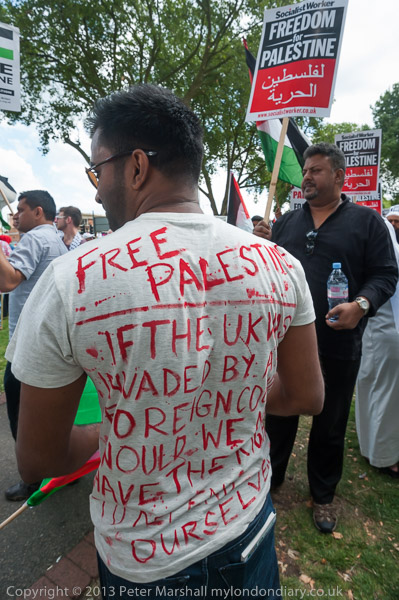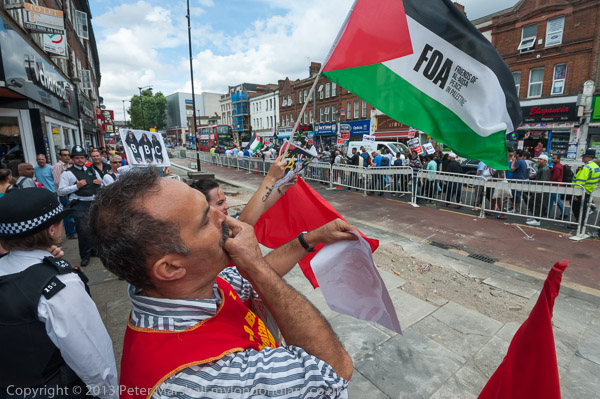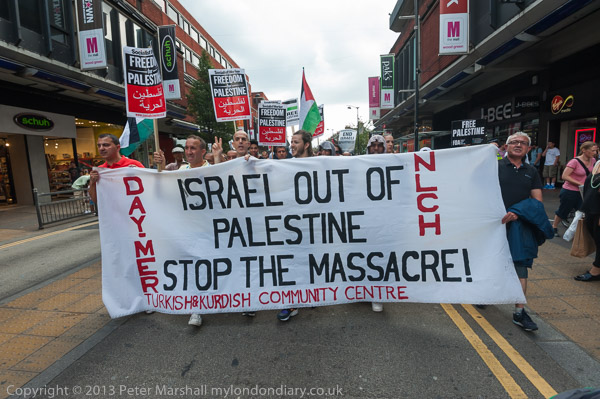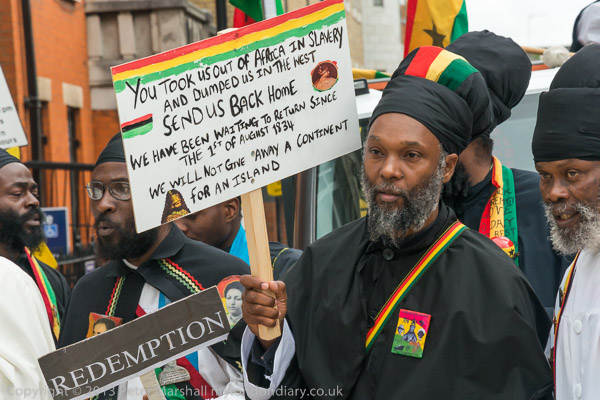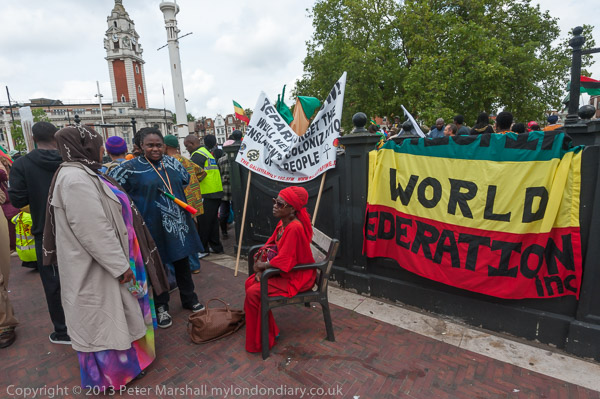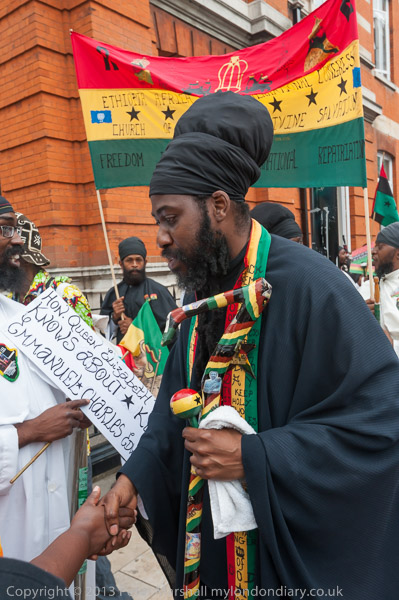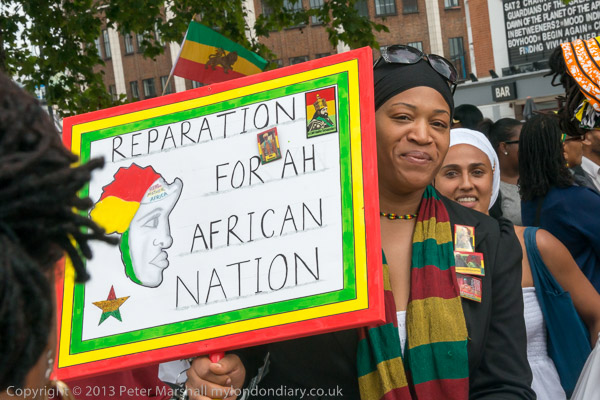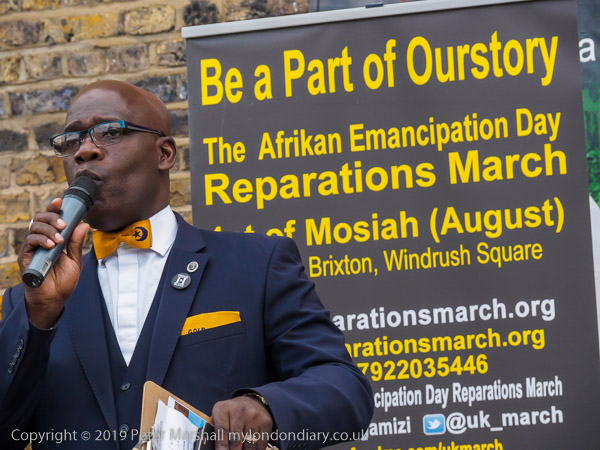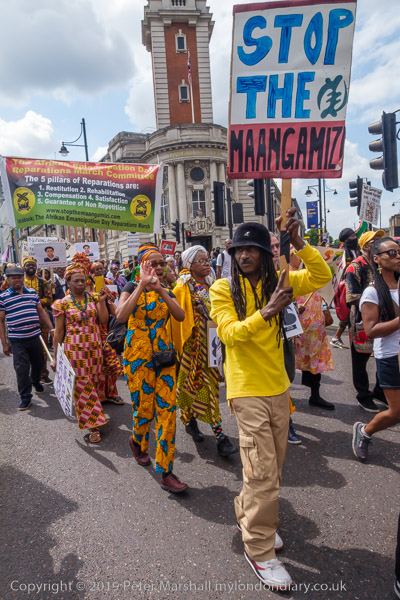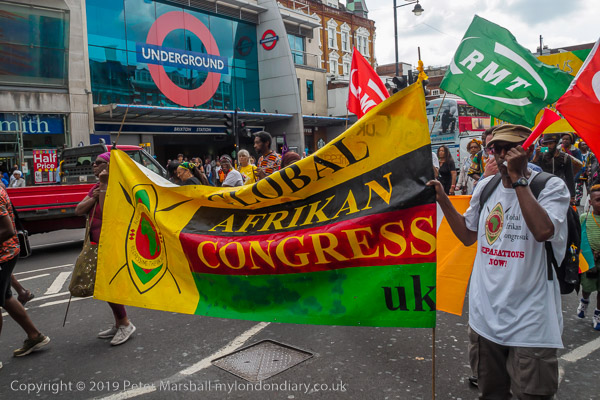Dora House at 108-10 Old Brompton Road was originally built in 1820 by builder William Blake as 7 & 8 Gloucester Terrace, but they were considerably adapted and the frontage here and in the next picture dates from 1885-86, when the house became the studios of portrait photographers Elliot and Fry of Baker St. The firm employed a number of photographers and as well as Baker St (which they left in 1919) had several other studios and a printing works in Barnet. Many of their early negatives were destroyed by bombing in the second World War, and the rest are now held by the National Portrait Gallery. They photographed many of the leading personalities of the Victorian era.
Stonework on the new frontage was carved by John McCulloch, wrought iron by Alfred A. Newman and the architect was William Flockhart. The building is Grade II listed. The house was leased and later bought by sculptor Cecil Walter Thomas in 1919 and later he set up the Dora Charitable Trust, named after his late wife, to make the house available to the Royal British Society of Sculptors after his death. They have occupied it as a studio museum since 1979, opening it to the public with family activities and temporary exhibitions.
Clareville St, off the Gloucester Rd and the Old Brompton Road, was developed after 1820 when the landowner, Catherine Lee let the ground to William Blake of Pear Tree Lodge, Little Chelsea, a builder and bricklayer, on a 99 year lease to build houses that at least met the London Building Act of 1774 for ‘fourth-rate’ houses.
Along the two main roads, Blake built rather larger houses – including what is now Dora House, but in the two back streets there were smaller houses to varied designs, including detached villas and terraces. As the Survey of London says, these “gave the estate a distinctly intimate character which it still retains, despite much subsequent rebuilding and infilling.”
When built the streets here were named Gloucester Grove, Gloucester Grove East and Gloucester Grove West, but were later renamed Clareville Grove and Clareville Street after Clareville Cottage which was a short distance further west outside this estate.
If you go to see the Imperial Hotel on the corner of Harrington Road now all you will find is an empty plot surrounded by fences and used as a car park. The demolition of the hotel was completed in 1992 after the borough of Kensington & Chelsea had granted planing permission for this use “pending redevelopment.” Permission for the redevelopmentof this listed building, I think a part of the Harrington estate and dating from the 1860s, had been granted by the GLC in 1975 for the provision of a new cultural centre for the Islamic Republic of Iran and twenty self-contained flats but with the development to be behind the existing facade. I don’t know whether later planning permission allowed full demolition or whether this was carried out illegally.
No development has taken place on this very expensive piece of land since, and I wonder if it is still owned by Iran but sanctions against that country have prevented any building. The hotel was better known in earlier years for its basement club Blaises, a music venue where among others The Byrds, John Lee Hooker, Ike & Tina Turner, Jerry Lee Lewis, Little Richard, Jimi Hendrix, Chuck Berry, Pink Floyd, Bo Diddley, Gladys Knight & The Pips, Captain Beefhear and The Pretty Things played.
The demolition of the Imperial Hotel next door to St Augustine’s Church means we can now see the north side of the church; when I made this picture only its frontage was visible from Queen’s Gate. This II* listed building is said to be the second-best surviving church by William Butterfield; it opened for worship in 1871, but was only completed in 1876. The listing text is brief, probably because it was listed in 1949, but mentions its yellow brick with red and black bricks and stone as well as the Gothic western bellcote with flanking pinnacles.
The building replaced an earlier temporary iron church built in the garden of its priest in Gloucester Road in 1865, where services were said to be “Popery itself under the thinnest guise of the Protestant name” (Wikipedia.) Plans to build a larger replacement were blocked for some years by the Bishop of London, probably because of this extreme Anglo-Catholicism, but also because there were already plenty of churches in the area already, and the building could only begin after he moved away to become Archibishop of Canterbury. The listing text and some other sources wrongly give the date of the church as 1865.
In the 1890s this house at 43 Roland Gardents was the home of Mrs Ada Freeman Gell, (aka Mrs Newman Gell, Miss Ada Evershed) (1849-1929) a solicitor’s daughter from Brighton who became an artist who apparently exhibited both sculpture and paintings from around 1888-1898. Several of her sculptures are in the Brighton Art Gallery though I think not on public display.
The development of the site was diverted in the 1970s by the craze for roller-skating and an open-air rink was opened on a large site here in 1876 and soon covered over to enable all-weather skating. In 1889 the site was sold to the firm of Aldin and Plater who had developed other houses in the road. They obtained a licence from the London County Council to build “private Studios for Painters” and sold the site on to a local builder who completed Nos 43 and 45 in 1891-2.
This graffiti was on a large and rather dirty stone-faced wall, on Cranley Mews, on the section of the street leading down from Cranley Gardens to the main mews street behind the houses. The wall on the side of 54 Cranley Gardens was repainted in 2014 and the cracks no longer show, but there was no trace of the graffiti remaining before that. The rather utilitarian light fitting was replace some years earlier by a more ornate lantern on a fancy iron bracket. But no, I didn’t think it was art, though I have seen some even sillier things that were accepted as such.
Click on any of the images to go to the album where you can see large images and browse others on-line in 1988 London Photos.







